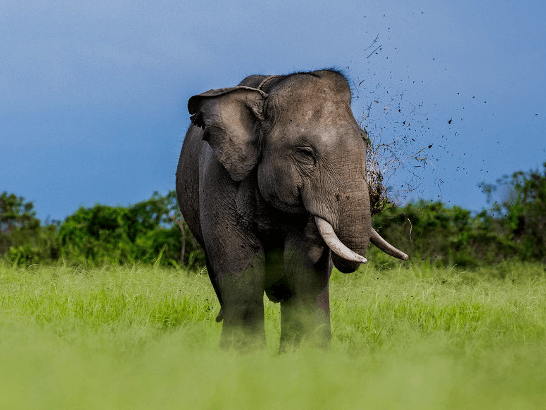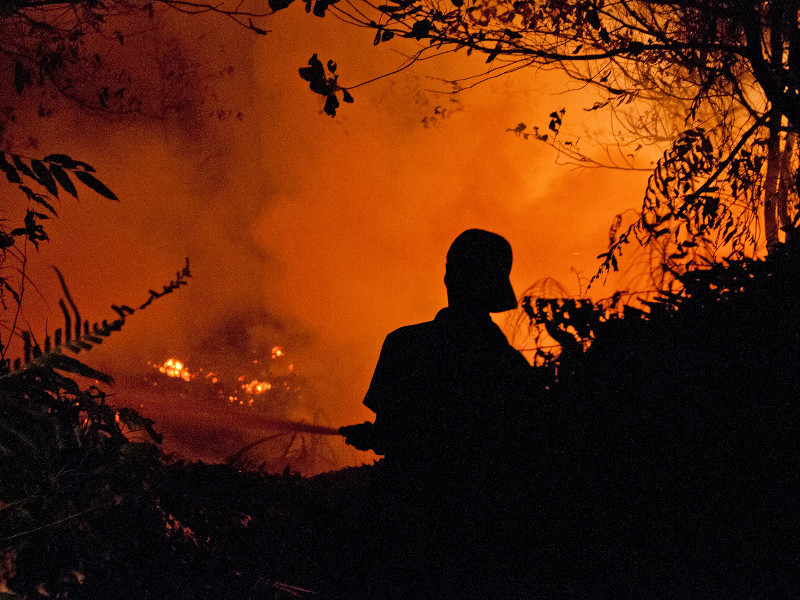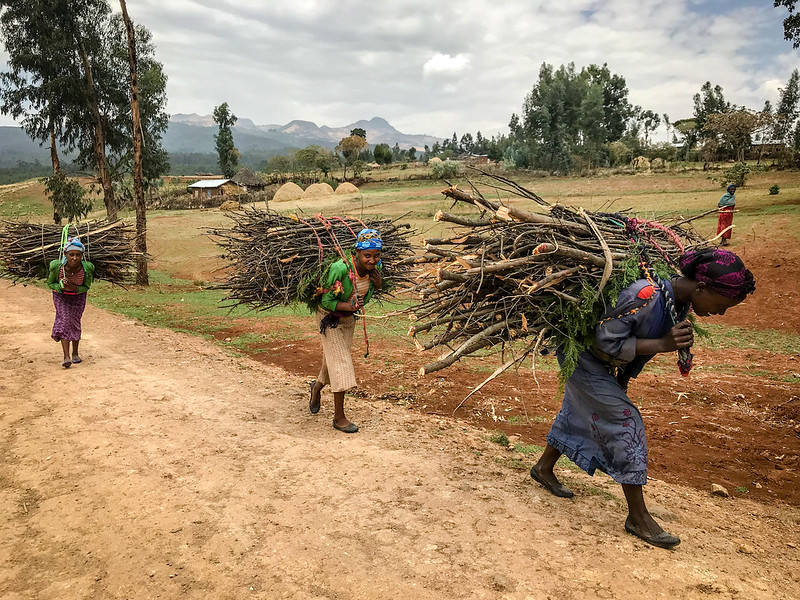Aim: To predict the distribution of suitable environmental conditions (SEC) for eight African great ape taxa for a first time period, the 1990s and then project it to a second time period, the 2000s; to assess the relative importance of factors influencing SEC distribution and to estimate rates of SEC loss, isolation and fragmentation over the last two decades. Location: Twenty-two African great ape range countries. Methods: We extracted 15,051 presence localities collected between 1995 and 2010 from 68 different areas surveyed across the African ape range. We combined a maximum entropy algorithm and logistic regression to relate ape presence information to environmental and human impact variables from the 1990s with a resolution of 5 9 5 km across the entire ape range. We then made SEC projections for the 2000s using updated human impact variables. Results: Total SEC area was approximately 2,015,480 and 1,807,653 km2 in the 1990s and 2000s, respectively. Loss of predicted SEC appeared highest for Cross River gorillas (_59%), followed by eastern gorillas (_52%), western gorillas (_32%), bonobos (_29%), central chimpanzees (_17%) and western chimpanzees (_11%). SEC for Nigeria-Cameroon chimpanzees and eastern chimpanzees was not greatly reduced. Except for Cross River and eastern gorillas, the number of SEC patches did not change significantly, suggesting that SEC loss was caused mainly by patch size reduction. Main conclusions: The first continent-wide perspective of African ape SEC distribution shows dramatic declines in recent years. The model has clear limitations for use at small geographic scales, given the quality of available data and the coarse resolution of predictions. However, at the large scale it has potential for informing international policymaking, mitigation of resource extraction and infrastructure development, as well as for spatial prioritization of conservation effort and evaluating conservation effectiveness.
DOI:
https://doi.org/10.1111/ddi.12005
Altmetric score:
Dimensions Citation Count:























